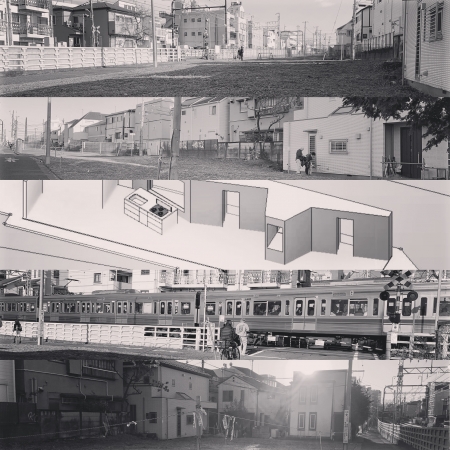その場所に存在する必然性
周辺環境のコンテクストを設計する時の手掛かりとするのはなぜかとふと思った。別にコンテクストを無視することもできるし、一旦受け入れてから無視することもできる。大概の建築は無視していると言ってもいいかもしれない、考慮するのは道路付けと日当り位で、これらもコンテクストではあるが、これらをコンテクストとして意識している訳ではない。
建築は動かないし、動けないので、その場所に存在する必然性が必要だと考える。存在の必然性を担保するために周辺環境のコンテクストに目を向け、抽出したコンテクストを設計の手掛かりにする。
だから、コンテクストに関係なく、建築がその場所に存在する必然性が表現できれば、コンテクストを設計の手掛かりにする必要もないのだが。
"Inevitability to exist in that place"
I wondered why it was a clue when designing the context of the surrounding environment. You can ignore the context separately, or you can accept it and then ignore it. It can be said that most architecture is ignored, considering road attachment and sunlight, which are also contexts, but they are not conscious of them as contexts.
Architecture does not move and cannot move, so I think it is necessary to exist in that place. In order to ensure the inevitability of existence, we look at the context of the surrounding environment and use the extracted context as a clue for design.
So, regardless of the context, if you can express the necessity that the architecture exists in that place, you don't need to use the context as a design clue.


